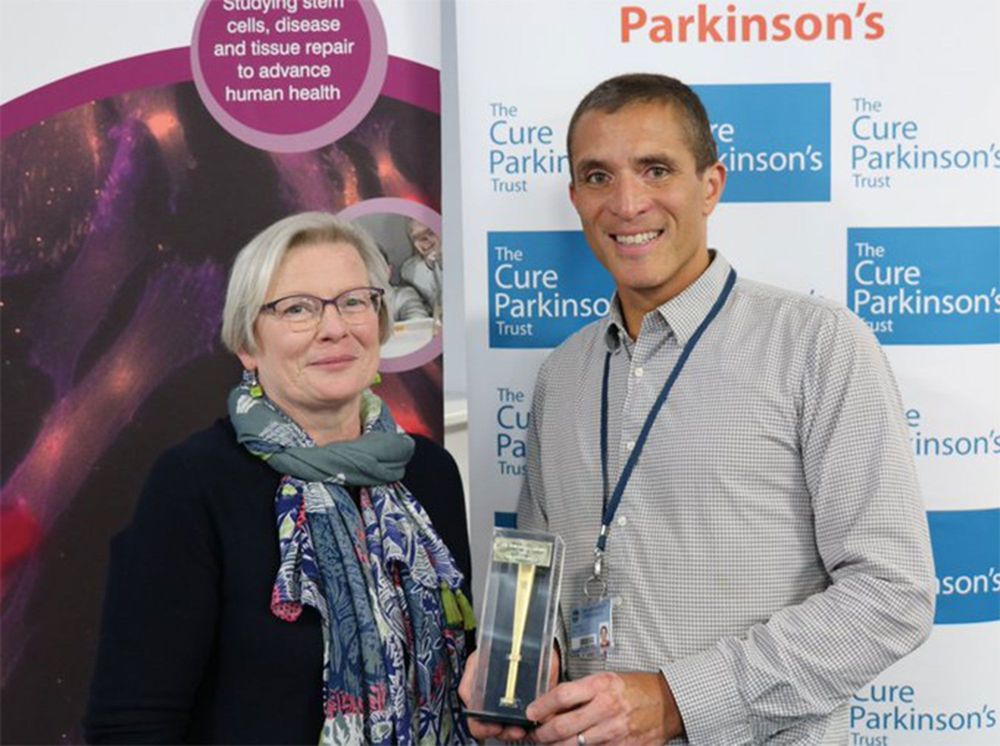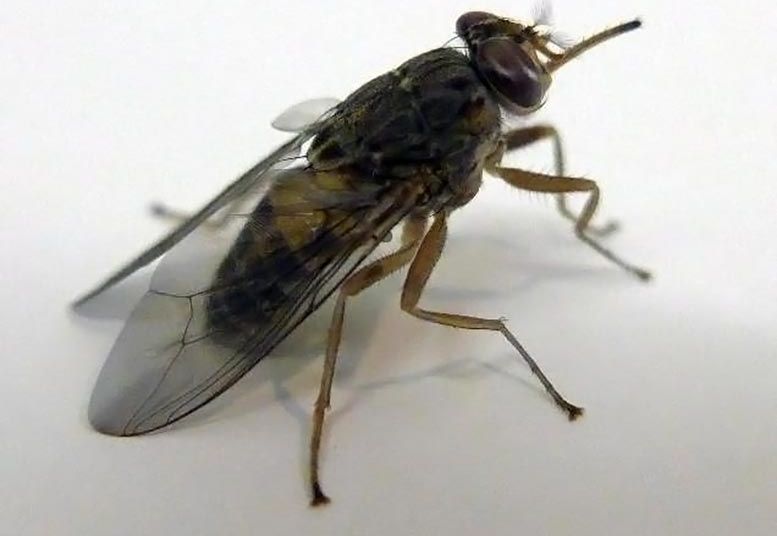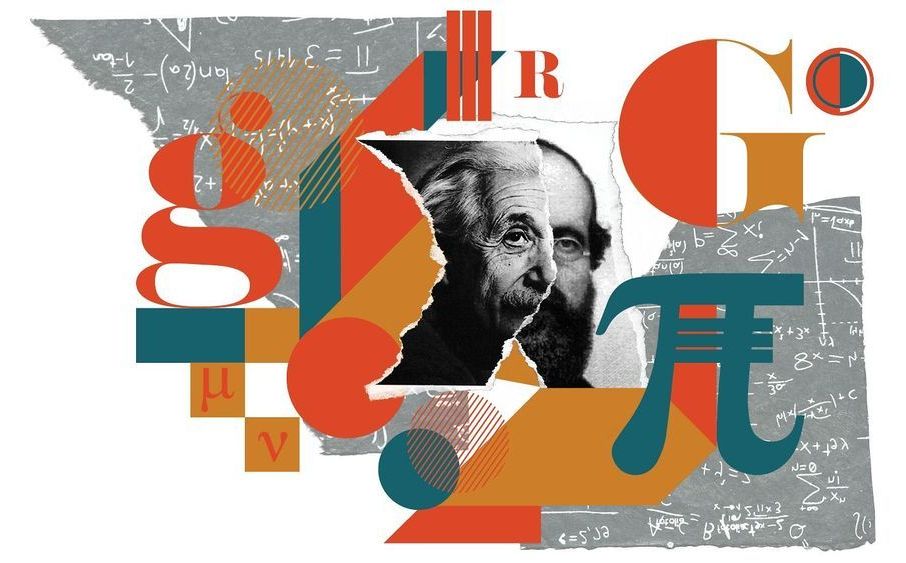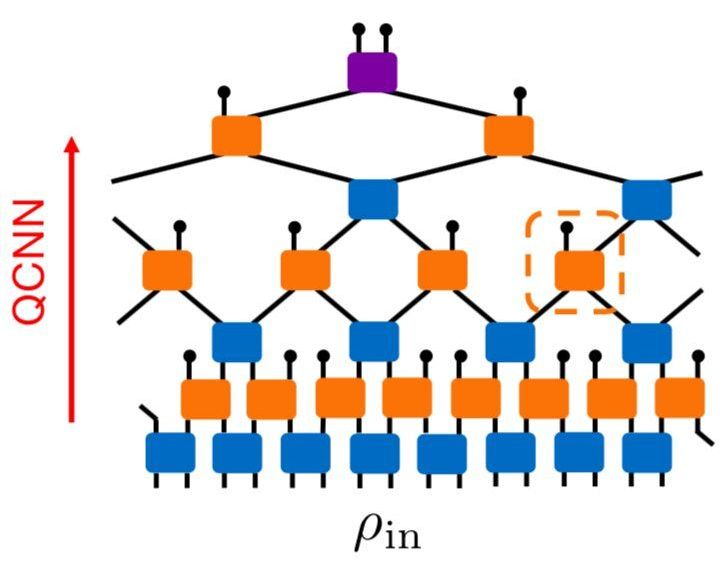(TT) — Thanks to the ingenuity of a blind inventor, people who lack sight can more easily navigate the world.
Get the latest international news and world events from around the world.

Apple Special Event — September 10, 2019
Cupertino calling. Join us for an Apple special event live from the Steve Jobs Theater on September 10 at 10 a.m. PDT. Set a reminder and we’ll send an update before the show.


Researchers link specific enzyme to process of metabolic dysfunction in aging
Researchers at Mayo Clinic have identified the enzyme, called CD38, that is responsible for the decrease in nicotinamide adenine dinucleotide (NAD) during aging, a process that is associated with age-related metabolic decline. Results demonstrated an increase in the presence of CD38 with aging in both mice and humans. The results appear today in Cell Metabolism.
“As we age, we experience a decline in our metabolism and metabolic function. This increases the incidence of age-related metabolic diseases like obesity, diabetes and others,” says Eduardo Chini, M.D., Ph.D., anesthesiologist and researcher for Mayo Clinic’s Robert and Arlene Kogod Center on Aging and lead author of the study. “Previous studies have shown that levels of NAD decline during the aging process in several organisms. This decrease in NAD appears to be, at least in part, responsible for age-related metabolic decline.”
In this study, researchers at the Center on Aging have shown that CD38, an enzyme that is present in inflammatory cells, is directly involved in the process that mediates the age-related NAD decline. Comparing 3- to 32-month-old mice, researchers found that levels of CD38 increased at least two to three times during chronological aging in all tissues tested, including the liver, fat, spleen and skeletal muscle.

Be the first to comment on “Warning: Hidden Danger From Pet Dogs Discovered”
Researchers at the Universities of Abuja and Nigeria, in collaboration with the University of Bristol, have detected a potentially human-infective microbe in pet dogs in Nigeria.
Dogs in tropical Africa run the risk of contracting canine trypanosomosis if they are bitten by bloodsucking tsetse flies carrying trypanosomes – microscopic, single-celled organisms found in the bloodstream. In dogs, this disease runs a severe course and is often fatal; “white eyes” or corneal cloudiness is one of the characteristic and obvious signs of the disease.
Sick dogs suspected of trypanosomosis are frequently brought to the University of Nigeria Veterinary Teaching Hospital (UNVTH) in Nsukka, where diagnosis relies on examination of a blood smear under the microscope. While trypanosomes are easily detected by their rapid motion among the blood cells, it is hard to determine the exact species of trypanosome by microscopy alone.
Israeli startup is totally reinventing how cars are built
Technology entrepreneurs delight in disrupting established industries, from textiles to healthcare to agriculture.
Changes in automotive manufacturing have been tougher to sell because no matter how many computers are put under the hood, the cars themselves “are still being built on 100-year-old concepts,” Daniel Barel, CEO of Israeli automotive startup REE, tells ISRAEL21c.
REE aims to bring the vehicle’s very design into the 21st century. Gone is the engine in front and the traditional mechanics around steering columns, suspension, transmission and more.


Introducing quantum convolutional neural networks
Machine learning techniques have so far proved to be very promising for the analysis of data in several fields, with many potential applications. However, researchers have found that applying these methods to quantum physics problems is far more challenging due to the exponential complexity of many-body systems.
